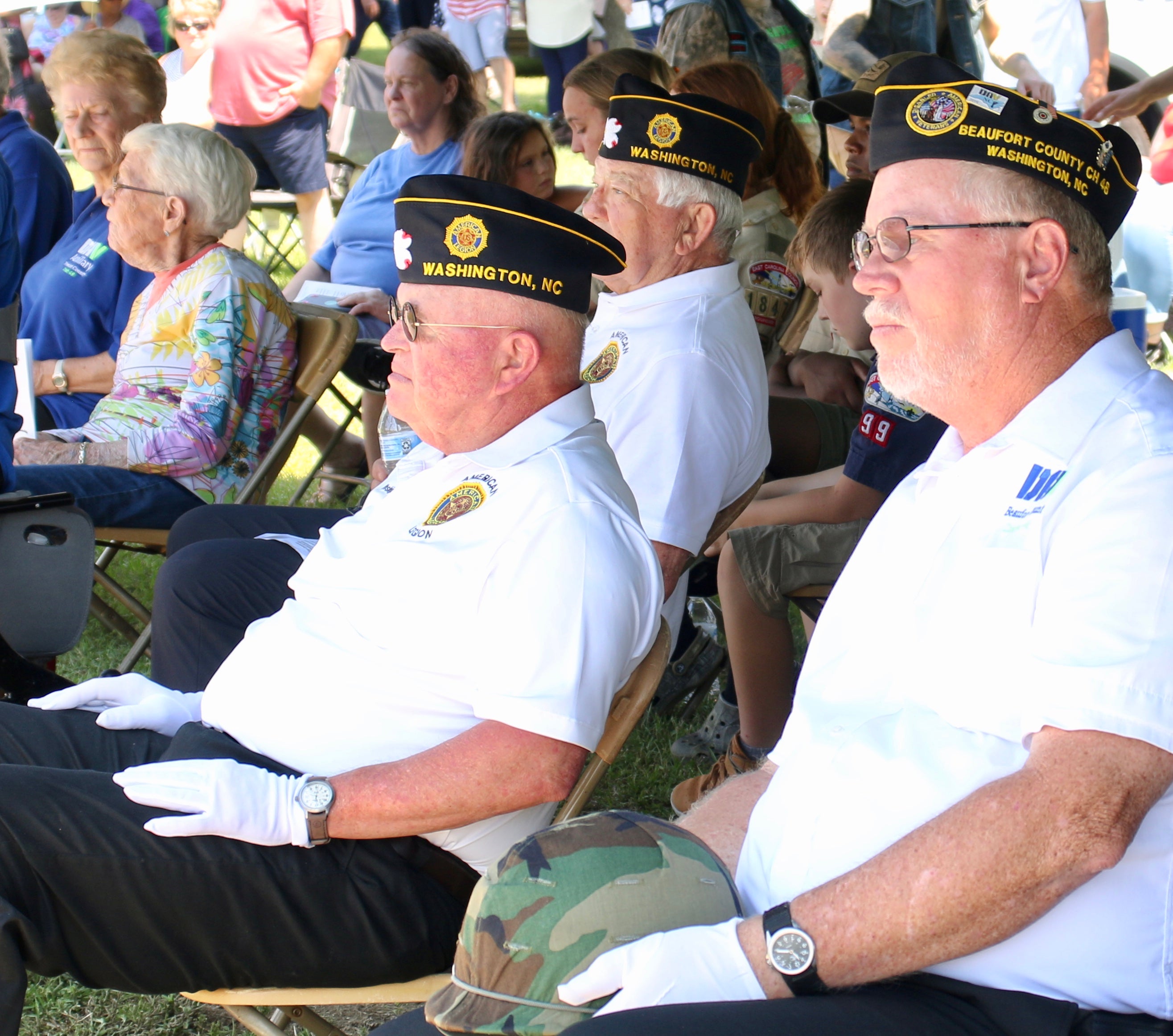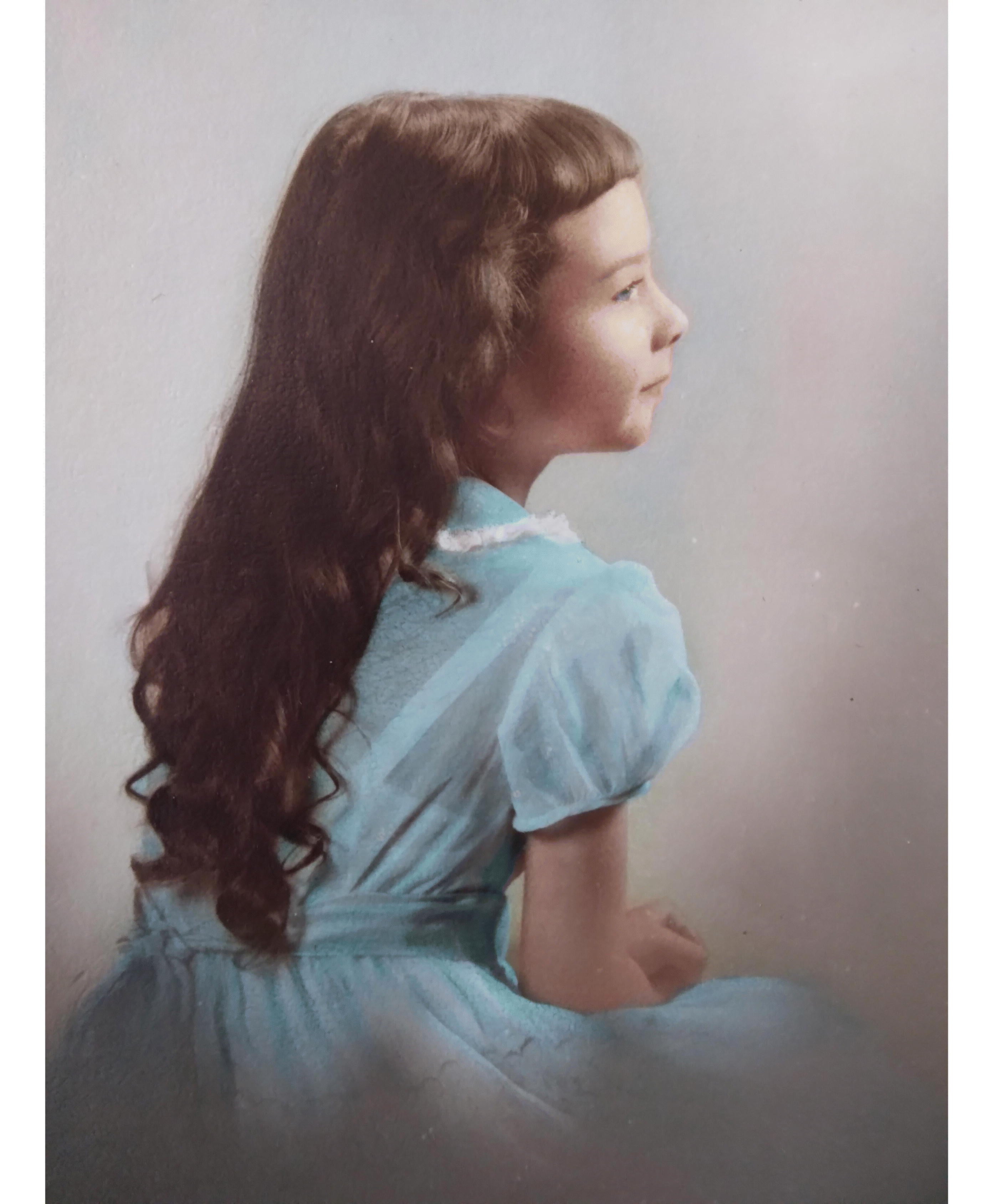Reporter’s diary adds another new clue in 70-year-old Earhart mystery
Published 5:56 pm Sunday, April 1, 2007
By By RICHARD PYLE, Associated Press Writer
It’s the coldest of cold cases, and yet 70 years after Amelia Earhart disappeared, clues are still turning up.
Long-dismissed notes of a shortwave distress call beginning, ‘‘This is Amelia Earhart…’’
The previously unknown diary of an Associated Press reporter, surfacing after decades.
And a team that has already found aircraft parts and a woman’s shoe on a remote South Pacific atoll, hoping to return this year to find more evidence, perhaps even DNA.
If what’s known now had been conveyed to searchers then, might Earhart and her navigator have been rescued? It’s one of a thousand questions that keep the case from being declared dead, as Earhart herself was a year and a half after she vanished.
For nearly 18 hours, Earhart’s twin-engine Lockheed Electra drummed steadily eastward over the Pacific, and as sunrise etched a molten strip of light along the horizon, navigator Fred J. Noonan marked the time and calculated the remaining distance to Howland Island.
It was July 2, 1937, and the pair were near the end of a 2,550-mile trek from Lae, New Guinea, the longest leg of a ‘‘World Flight’’ begun 44 days earlier in Oakland, Calif.
At the journey’s end there a few days hence, Earhart would become the first female pilot to circumnavigate the globe.
Noonan, a former Pan American Airways navigator, estimated when the plane would reach an imaginary ‘‘line of position’’ running northwest-southeast through Howland, where they were to rest and refuel for the onward flight to Hawaii.
Overnight, Itasca’s radio operators had become increasingly exasperated with Earhart, who hadn’t acknowledged Itasca’s messages or its Morse code homing signal. They decided the glamorous ‘‘Lady Lindy’’ was either arrogant or incompetent.
What nobody knew — not Earhart and not Itasca — was that her plane’s radio-reception antenna had been ripped away during takeoff from Lae’s bumpy dirt runway. The Itasca could hear Earhart, but she was unable to hear anything, voice or code.
Also listening aboard the Itasca was James W. Carey. The 23-year-old University of Hawaii student had been hired by The Associated Press to cover Earhart’s Howland stopover.
He also had been keeping a diary.
The diary was unknown to Earhart scholars until last September, when a typewritten copy was bought on eBay by a member of The International Group for Historic Aircraft Recovery, or TIGHAR. The non-profit organization rejects the official verdict that the fliers were lost at sea, believing instead that they may have crash-landed on an uninhabited atoll called Gardner Island, in the Phoenix Islands 350 miles south of Howland, and lived for a time as castaways.
The diary, he said, presents ‘‘a firsthand witness about what went on during those desperate hours and days.’’
On July 1, word came that Earhart was finally airborne from Lae.
Early on July 2, Carey wrote in his diary: ‘‘Up all last night following radio reports — scanty … heard voice for first time 2:48 a.m. — ‘sky overcast.’ All I heard. At 6:15 am reported ‘200 miles out.’’’
If Noonan’s dead-reckoning did not bring the plane directly over Howland, Earhart would fly up and down the 337-157 degree ‘‘line of position’’ until she found it.
But by now, Earhart would be into her five-hour fuel reserve, and even in daylight, islands could be obscured by billowy clouds and their shadows on the water.
At 7:42 a.m., Earhart’s voice suddenly came loud and clear: ‘‘KHAQQ to Itasca. We must be on you but cannot see you. But gas is running low. Been unable to reach you by radio. We are flying at 1,000 feet.’’
A welcoming committee from Itasca was ‘‘waiting restlessly’’ at the airstrip, Carey wrote. Binoculars scanned the blue.
At 8:55 a.m., Earhart was back on, sounding distraught: ‘‘We are on line of position 157 dash 337… we are now running north and south.’’
Then the radio went silent.
Believing that Earhart must be out of gas, Itasca’s captain, Cmdr. Warner K. Thompson, had already ordered the welcoming committee back to the ship. ‘‘Flash news from ship Itasca: ‘Amelia down,’’’ Carey had written in his diary.
But with all frequencies reserved for possible distress calls, Carey’s news reports would have to wait. AP broke the ‘‘Earhart missing’’ story from Honolulu, quoting Coast Guard officials there.
Meanwhile, Carey filled the diary: ‘‘Itasca set off ‘full speed ahead’ to search the northwest quadrant off Howland.’’
Nothing was sighted, and by evening the ship’s mood, Carey wrote, had ‘‘taken a turn to the more serious side.’’
Seventy years later, the Earhart mystery lingers.
In more than 50 nonfiction books and even a movie, writers embraced theories ranging from a crash at sea to abduction by aliens, from Earhart executed by the Japanese as a spy to living under another name in New Jersey.
Two books — ‘‘Amelia Earhart’s Shoes,’’ written by four TIGHAR volunteers, and Gillespie’s ‘‘Finding Amelia’’ — offer the thesis that Earhart and Noonan crash-landed on a reef on Gardner Island, and survived, perhaps for months, on scant food and rainwater.
Expeditions to the island, now called Nikumaroro, have compiled tantalizing evidence.
In 1940, a British overseer on Gardner recovered a partial human skeleton, a woman’s shoe and an empty sextant box at what apparently was a former campsite. The items were sent to Fiji, where a doctor decided the bones belonged to a stocky European or mixed-blood male, ruling out any Earhart-Noonan connection.
The bones later vanished, but in 1998, TIGHAR investigators located the doctor’s notes in London.
Using a modern computer database, Dr. Karen Ramey Burns, a forensic osteologist at the University of Georgia, found the Fiji doctor’s measurements were more ‘‘consistent with’’ a female of northern European descent, about Earhart’s age and height. Burns’ report was independently confirmed by another forensic expert.
On visits to the island, TIGHAR teams found an aluminum panel, possibly from an Electra; another woman’s shoe and ‘‘Cat’s Paw’’ heel, dating from the 1930s; a man’s shoe heel, crude tools and an oddly cut piece of clear Plexiglas.
The sextant box might have been Noonan’s. The woman’s shoe and heel resemble Earhart’s footwear in a pre-takeoff photo. The plastic shard is the exact thickness and curvature of an Electra window.
Still, the evidence remains circumstantial, Gillespie says. ‘‘We don’t have serial numbers.’’
As news of the missing aviators flashed around the world, the Navy ordered six warships into the hunt.
Although radio calls from the Electra — along with later ‘‘distress calls’’ picked up by shortwave listeners — were triangulated by Pan American’s Pacific stations to the Phoenix Islands, officials ignored a New Zealand cruiser 48 hours from there and instead sent the battleship USS Colorado southward. By the time it reached the area four days later, the radio calls had ceased.
Colorado’s senior float-plane pilot, Lt. John O. Lambrecht reported ‘‘signs of recent habitation were clearly visible’’ at Gardner Island. But no people were sighted, and ‘‘it was finally taken for granted that none were there.’’
Accounts of shortwave radio calls were also shrugged off.
In Rock Springs, Wyo., Dana Randolph, 16, heard a voice say, ‘‘This is Amelia Earhart. Ship is on a reef south of the equator.’’ Aware that ‘‘harmonic’’ frequencies in mid-ocean often could be heard far inland, experts said the shortwave transmission was probably genuine.
In St. Petersburg, Fla., 15-year-old Betty Klenck heard a woman identify herself as Earhart, followed by pleas for help and agitated conversation with a man who, the girl thought, sounded irrational.
Having heard Earhart’s voice in movie newsreels, Betty was sure it was her — and still is.
The man, she recalls, ‘‘seemed coherent at times, then would go out of his head. He said his head hurt … She was trying mainly to keep him from getting out of the plane, telling him to come back to his seat, because she couldn’t leave the radio….’’
Betty took notes in a school notebook as the shortwave signals faded in and out. They ended when the fliers ‘‘were leaving the plane, because the water was knee-deep on her side,’’ she said.
Her father notified the Coast Guard but was brushed off.
Last September, TIGHAR volunteer Arthur Rypinski paid $26 for an Earhart document offered on eBay. It turned out to be a copy of Carey’s diary.
Carey’s son, Tim Carey of Woodbridge, Va., says his father died in 1988. His role as an AP reporter on the Earhart story was part of family history. ‘‘The diary was completely in character for him,’’ the son adds. ‘‘He was a real note-keeper.’’
Now raising funds for a ninth TIGHAR expedition to Nikumaroro in July, Gillespie says the Carey diary serves as a reminder to always ‘‘expect the unexpected’’ in the Earhart case.



